The jungle is a place teeming with life, mystery, and danger. While it’s home to some of the most fascinating creatures on Earth, it’s also where you might encounter animals that can end your adventure sooner than you’d like. Before you pack your bags for a jungle expedition, let’s delve deeper into the awe-inspiring yet deadly animals that await you.
1. The Stealthy Jaguar On The Prowl
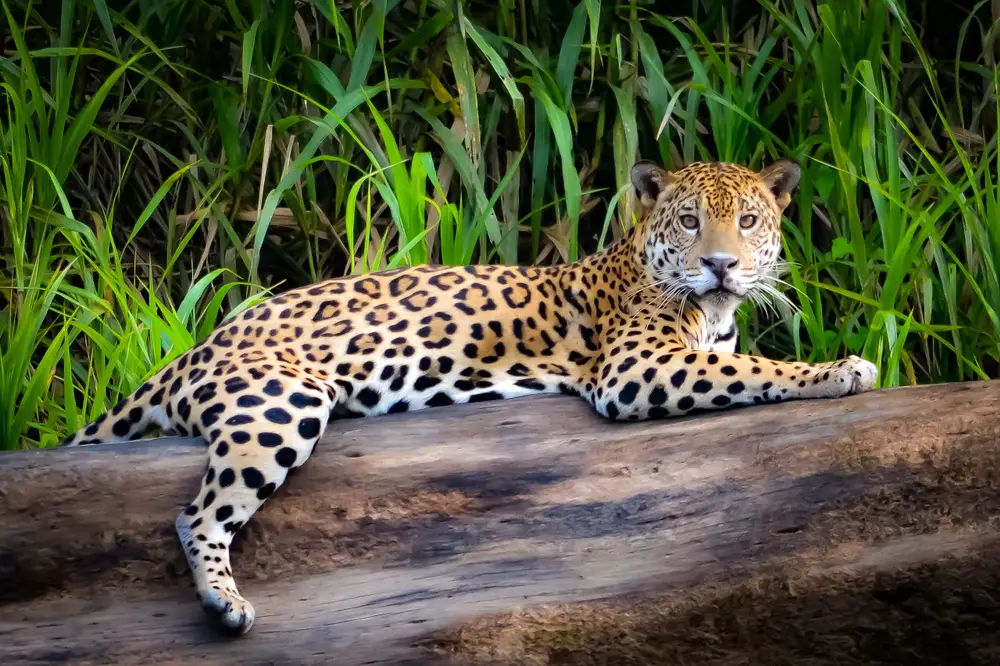
If you find yourself in the dense rainforests of the Amazon, you might come across the magnificent jaguar. Known for their beautiful spotted coats and powerful build, these big cats are top predators in their habitat. Jaguars are stealth hunters, relying on their strength and agility to ambush unsuspecting prey. Their jaws are incredibly powerful, capable of crushing skulls with a single bite. While they usually avoid humans, an accidental encounter could turn fatal in a heartbeat, especially if they feel threatened. The University of Georgia’s Warnell School of Forestry and Natural Resources highlights that jaguars have adapted to nocturnal hunting, utilizing their keen night vision to track and ambush prey.
Unlike other big cats, jaguars are also great swimmers, often hunting in and around water. Imagine taking a dip in a jungle river, only to realize you have an uninvited feline guest nearby! So, when trekking through jaguar territory, it’s wise to keep your senses sharp and respect their space. Remember, you are in their home, and they reign supreme.
2. The Terrifying Bite Of The Black Caiman
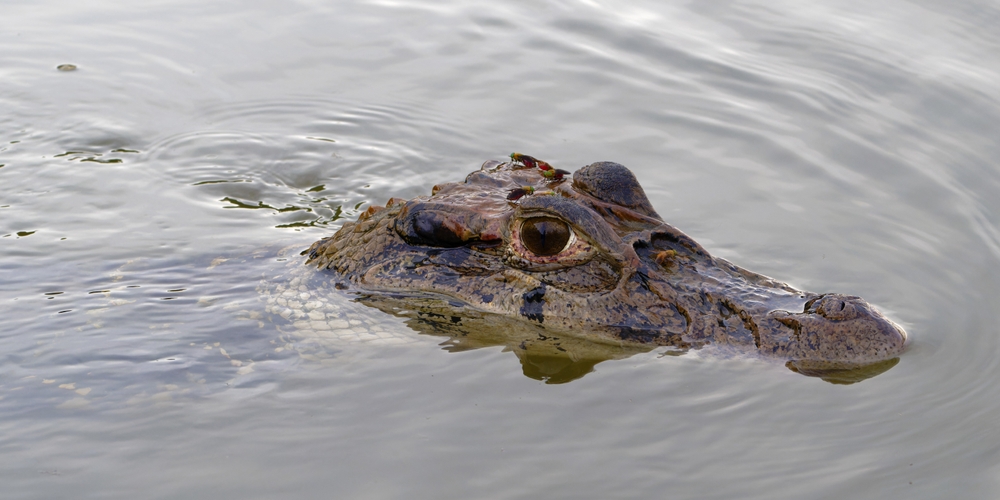
Floating silently in the murky waters of the Amazon Basin, the black caiman could be your worst nightmare. This massive reptile resembles a prehistoric beast, with a length that can exceed 16 feet and a seriously formidable bite. They are the largest predators in the Amazon ecosystem, capable of taking down anything from fish to deer—and yes, even humans. Stepping into these waters without caution could instantly make you part of the food chain. The International Union for Conservation of Nature (IUCN) reports that increasing populations of black caimans have been implicated in attacks on humans, emphasizing the need for caution in their habitats.
Black caimans have a special penchant for hunting at night, blending seamlessly with the dark waters. Their eyes glow in the darkness, a haunting sight for any nocturnal adventurer. While attacks on humans are rare, they do happen, often when people accidentally disturb their territory. So, if you’re planning a canoe trip in caiman-infested waters, keeping a respectful distance is your best bet. Trust us, you don’t want to be the subject of their next epic tale of jungle survival.
3. The Lethal Sting Of The Box Jellyfish
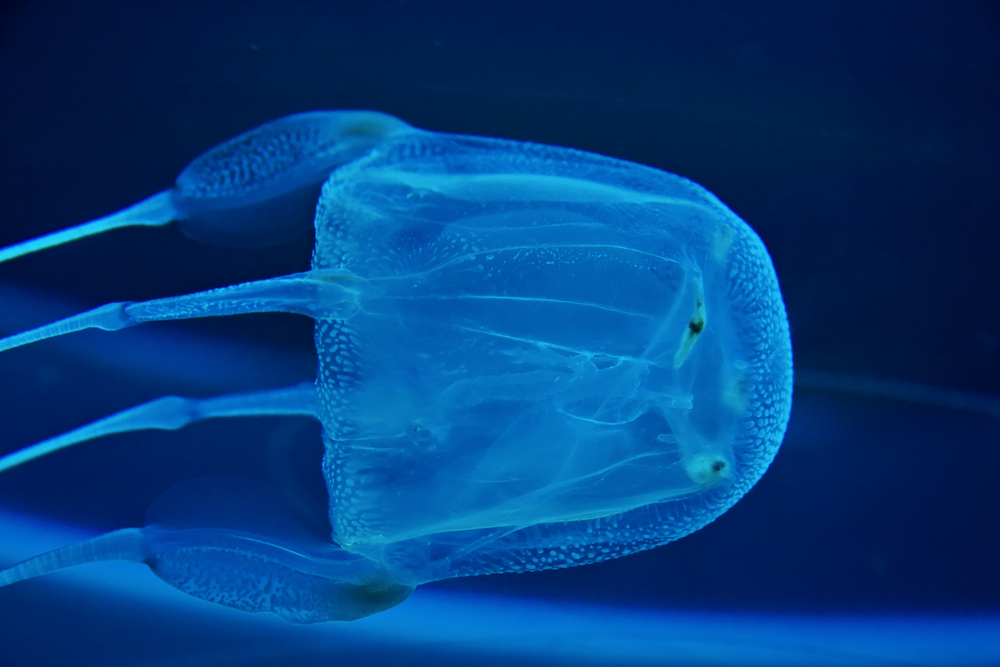
While it might surprise you to find a jellyfish on a jungle list, the box jellyfish often lurks near the tropical coastlines adjacent to rainforests. These translucent creatures are both beautiful and deadly, with tentacles that can stretch up to 10 feet long. Their venom is among the most potent in the world, capable of causing heart failure or paralysis within minutes. Just brushing against them can result in excruciating pain and, in some cases, death.
Box jellyfish are nearly invisible in the water, making them hard to spot. Swimmers, divers, and snorkelers should exercise extreme caution in areas where these jellyfish are known to inhabit. Some beaches even have nets and warning signs during jellyfish season. It’s always wise to heed local advice and stay informed about the waters you’re entering. A relaxing dip could turn deadly quicker than you can say “vacation.”
4. The Rapid Strike Of The King Cobra
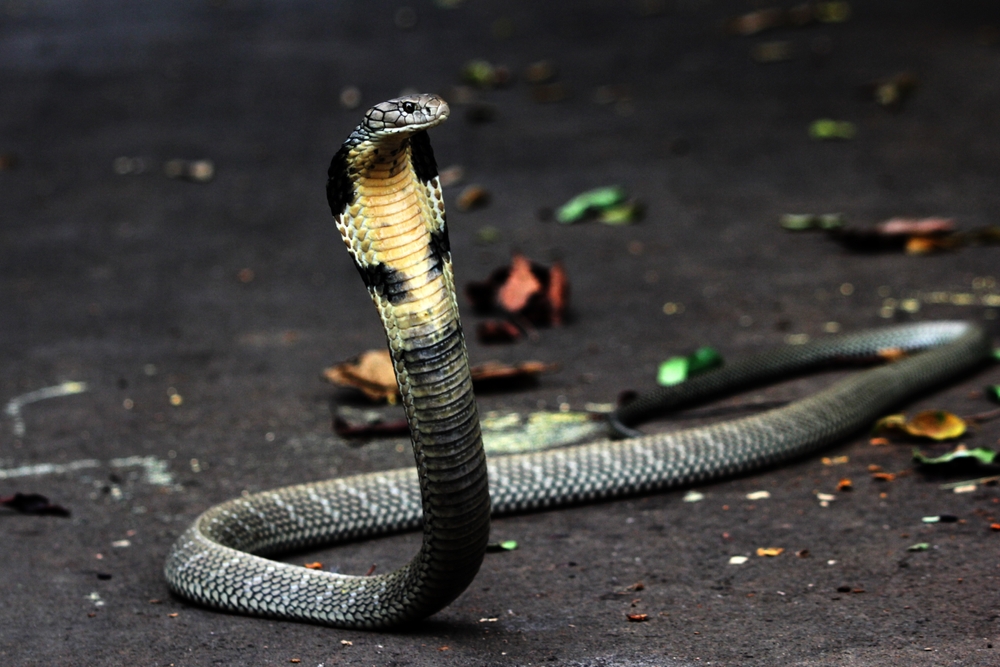
Slithering through the jungles of Southeast Asia, the king cobra is not just any snake—it’s the longest venomous snake in the world. With the ability to reach lengths of up to 18 feet, this serpent commands respect and fear. Despite its fearsome reputation, the king cobra is typically shy and avoids human contact. However, when cornered or threatened, it can deliver multiple bites with startling speed.
The venom of a king cobra contains neurotoxins that can cause paralysis and respiratory failure, potentially leading to death within hours. Even more unsettling is their ability to “stand up” by raising a third of their body off the ground and looking you straight in the eye. In snake territory, keeping a safe distance and remaining calm is crucial. Remember, in the jungle, you’re a guest—respect the kings of the underbrush.
5. The Silent Hazard Of The Poison Dart Frog
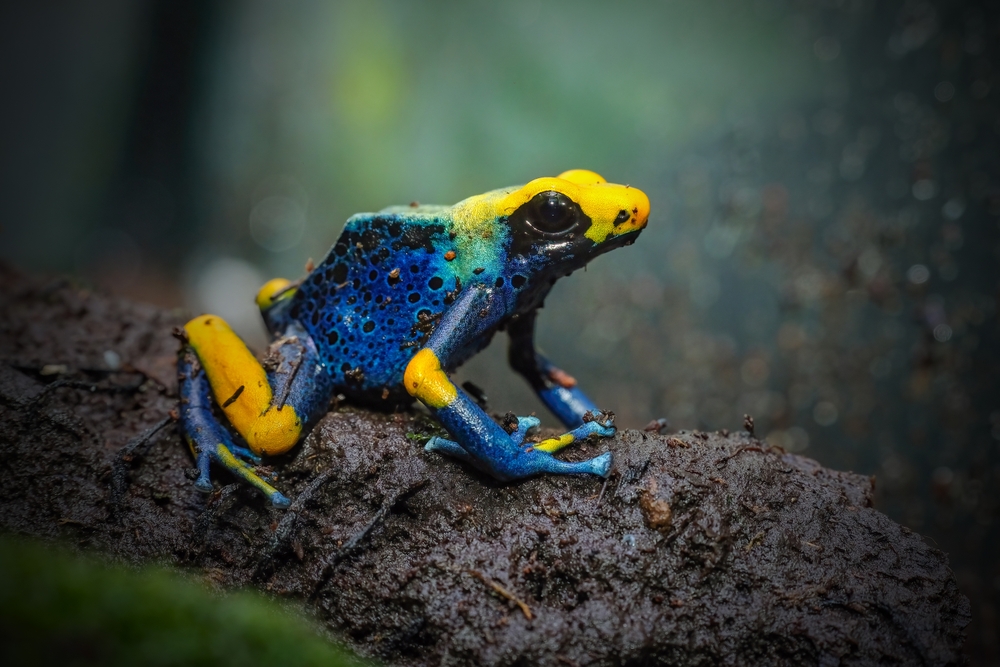
In the lush forests of Central and South America, the tiny poison dart frog hides a deadly secret. With their vibrant colors and small size, these frogs are a sight to behold. However, their striking appearance is nature’s way of saying, “Stay away!” These frogs secrete a potent toxin through their skin, capable of killing predators—or, if mishandled, an unsuspecting human.
Indigenous tribes have long used the frog’s poison for hunting by applying it to blow darts, hence the name. While they pose little threat unless touched or consumed, their presence is a powerful reminder of the jungle’s hidden dangers. Spotting one on your trek can be a thrilling experience, but it’s one best enjoyed from a respectful distance. As with many jungle creatures, admiration must come with caution.
6. The Lightning Attack Of The Harpy Eagle
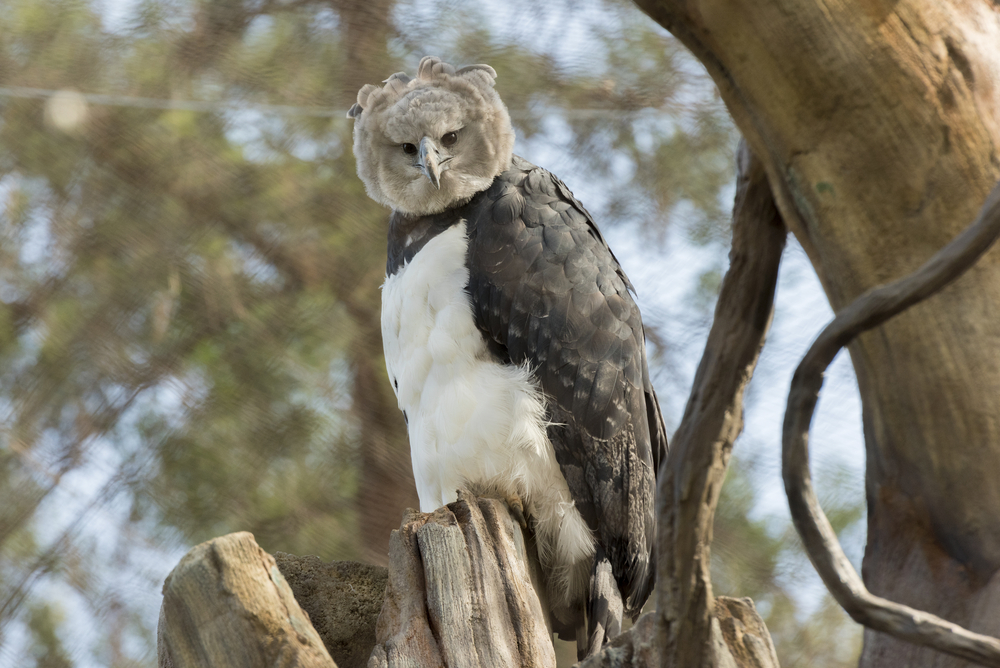
Deep in the rainforests, the harpy eagle reigns supreme as one of the world’s largest and most powerful birds of prey. With talons the size of grizzly bear claws, they have been known to snatch monkeys and sloths right out of trees. Their strength and stealth make them formidable hunters, capable of swooping in with deadly precision. While attacks on humans are extremely rare, their size and power mean they shouldn’t be underestimated.
Harpy eagles are elusive, often only seen by the most dedicated jungle explorers. If you’re lucky, you might catch a glimpse of this majestic bird soaring above the canopy. Remember, though, their territory is vast, and their senses are acute. Disturbing a nesting harpy eagle could provoke an aggressive response. So, enjoy the spectacle from a distance and respect their untamed domain.
7. The Ferocious Charge Of The Cape Buffalo
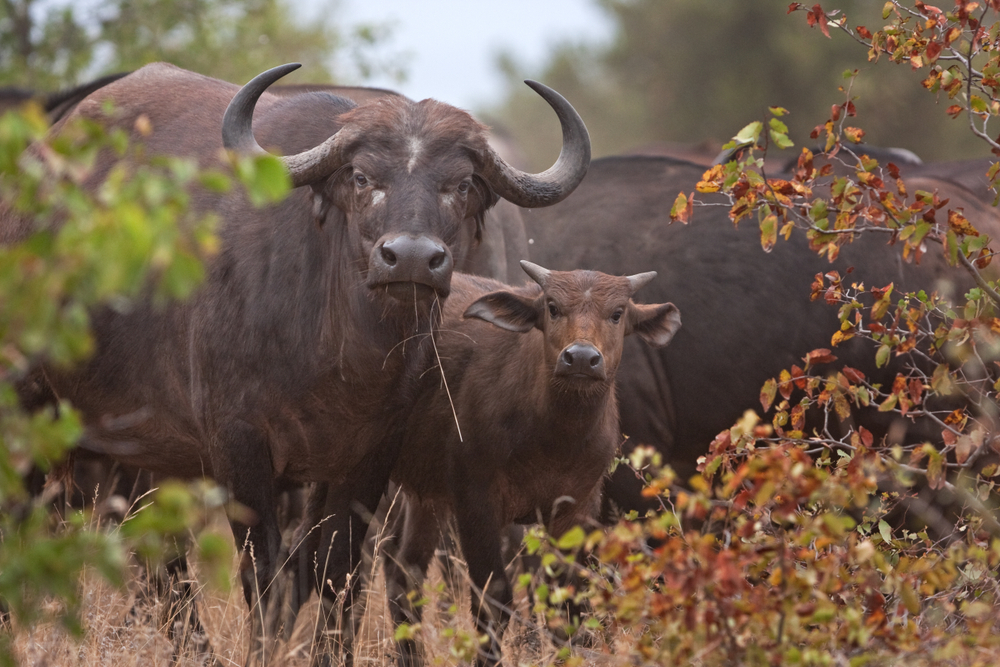
While primarily found on the savannas of Africa, the Cape buffalo occasionally ventures into forested areas, making it a potential threat to jungle adventurers. Known as “the Black Death,” these massive creatures can weigh over 1,500 pounds and have an unpredictable nature. Despite their herbivorous diet, they are known to charge with little provocation, using their sharp horns as lethal weapons.
Cape buffalos have excellent memories and are rumored to harbor grudges, especially if previously injured by humans. Encountering a herd can be awe-inspiring, but it’s important to keep your distance. Never get between a buffalo and its escape route; doing so could result in a furious charge. In the wild, understanding animal behavior can be the key to ensuring your safety.
8. The Venomous Reprisal Of The Inland Taipan
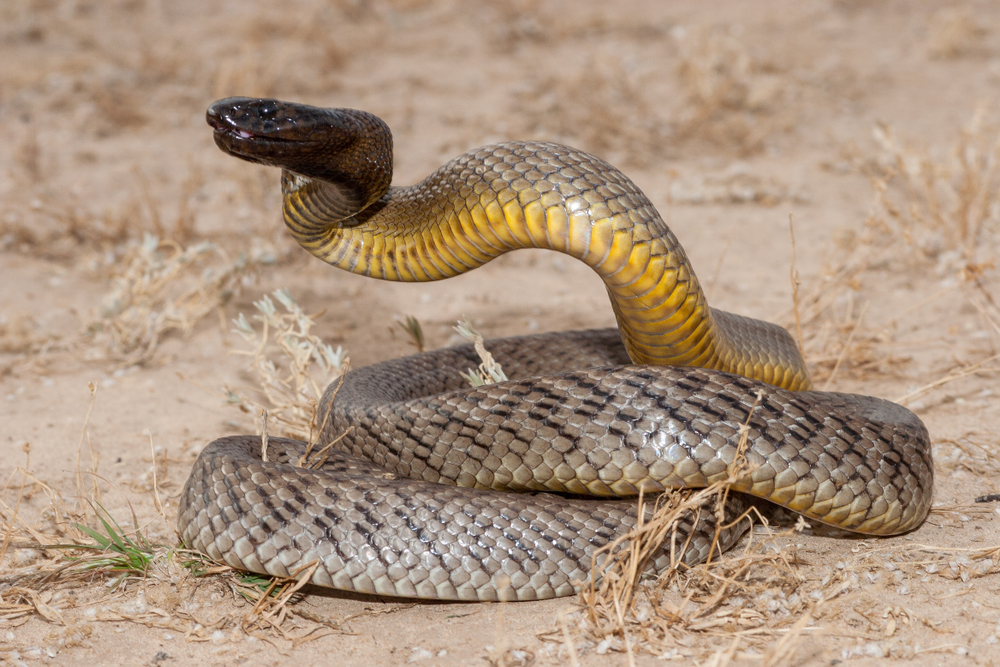
The inland taipan, also known as the “fierce snake,” holds the title for the most venomous snake on the planet. Native to the arid regions of Australia, it occasionally makes its way into forested areas, making it a potential jungle hazard. One bite from this serpent contains enough venom to kill over 100 humans, making it an encounter you certainly want to avoid.
Despite its deadly potential, the inland taipan is shy and reclusive, often retreating at the sight of humans. However, if threatened or cornered, it can strike with incredible speed and accuracy. If you find yourself in taipan territory, moving carefully and staying vigilant is crucial. Understanding the local wildlife and respecting their space can mean the difference between a safe journey and a perilous one.
9. The Deadly Constriction Of The Anaconda
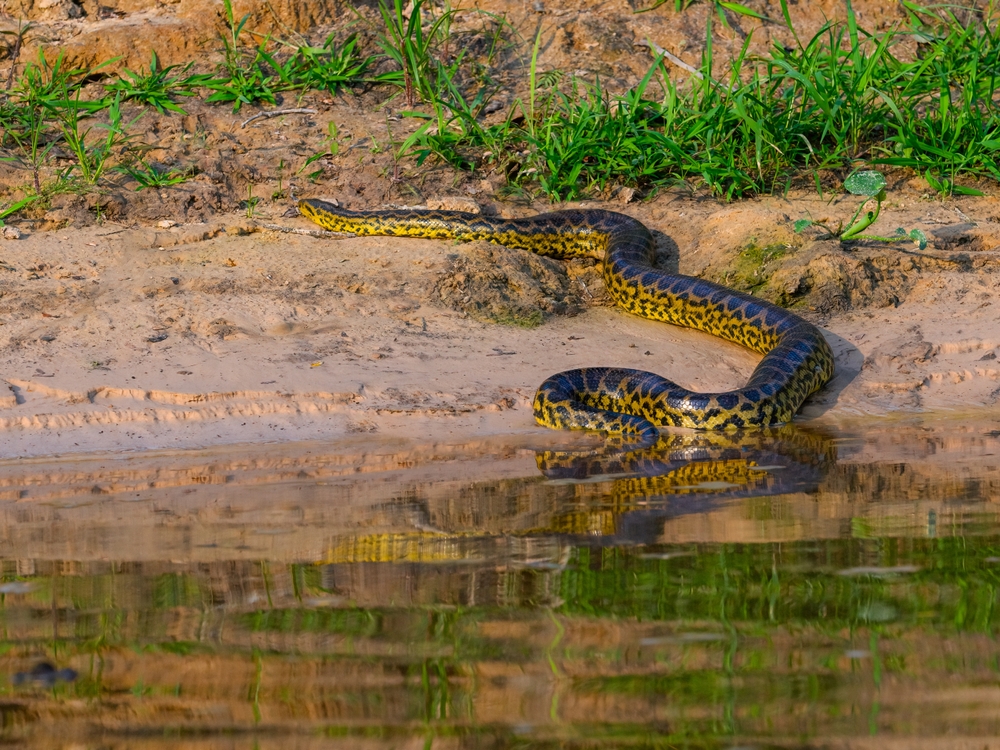
In the swamps and rivers of South America, the anaconda silently patrols its watery domain. These enormous snakes are the heaviest in the world, known for their incredible strength and ability to constrict their prey. While they prefer to feast on caimans and capybaras, an anaconda’s sheer size and power mean that a human could easily become a target if disturbed.
Anacondas are highly aquatic, spending the majority of their time submerged, which makes them difficult to spot. Their eyes and nostrils are positioned on top of their heads, allowing them to breathe and observe while remaining mostly hidden. If you’re exploring their habitat, be aware of your surroundings and avoid swimming in murky waters. Remember, in the jungle, the real danger often lies beneath the surface.
10. The Aggressive Chomp Of The Piranha
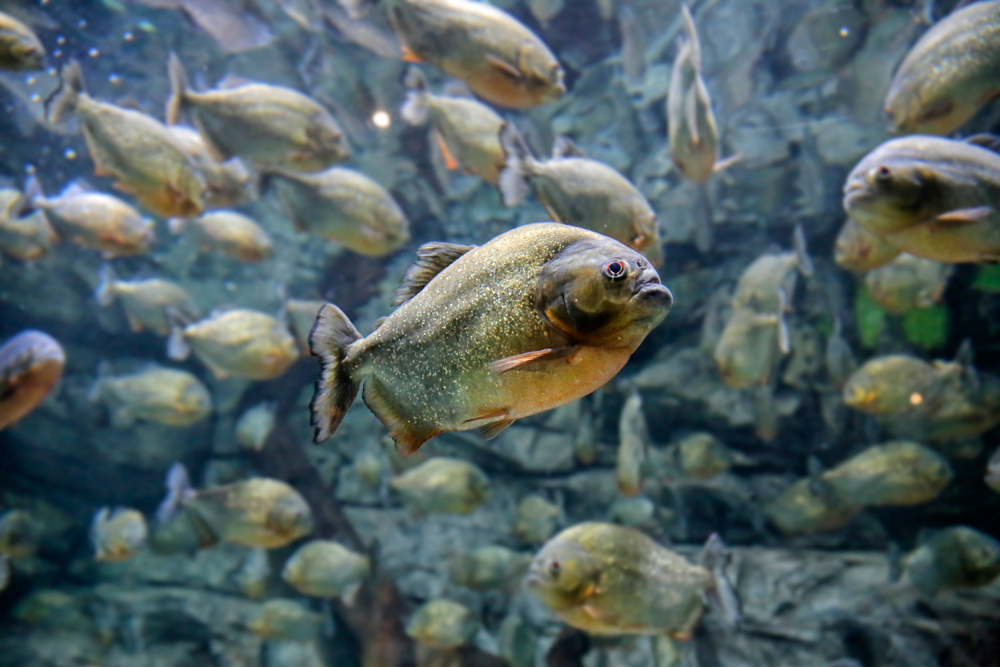
The mere mention of piranhas conjures images of razor-sharp teeth and frenzied feeding. These small, carnivorous fish inhabit the rivers and lakes of the Amazon Basin, often depicted as relentless predators. While they usually prefer smaller prey, piranhas have been known to attack larger animals—and yes, even humans—especially when food is scarce.
Piranha attacks on humans are rare and typically occur during the dry season when water levels drop and food becomes limited. Despite their fearsome reputation, they are an essential part of the river ecosystem, serving as scavengers. However, if you’re considering a swim in piranha-infested waters, think twice. Staying informed about local wildlife and respecting their habitat can keep your jungle adventure thrilling yet safe.
11. The Poisonous Punch Of The Stonefish
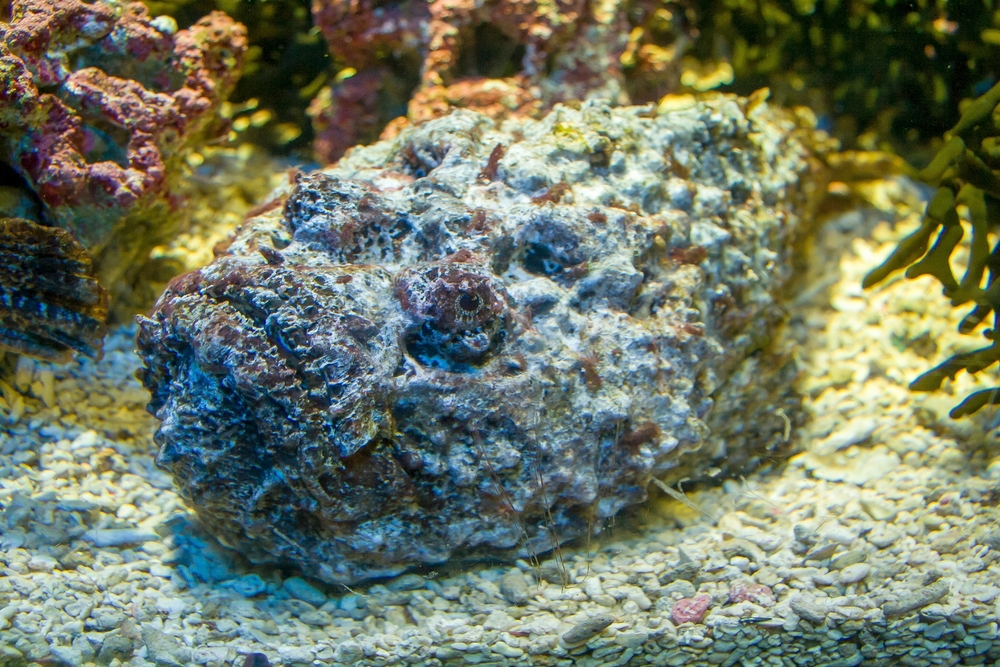
While not a jungle dweller in the traditional sense, the stonefish often inhabits the coastal waters near rainforests. It’s considered the most venomous fish in the world, capable of delivering a painful and potentially fatal sting. Camouflaged to blend seamlessly with the ocean floor, a stonefish can easily be mistaken for a rock, making it a hidden danger for beach-goers.
Stepping on a stonefish can trigger the release of venom through its sharp dorsal spines. The pain is excruciating and can lead to shock, paralysis, or even death if not treated promptly. If you’re exploring the coastal areas of a jungle, wearing protective footwear and exercising caution can help prevent an unpleasant encounter. The ocean, like the jungle, demands respect and awareness.
12. The Swift Strike Of The Brazilian Wandering Spider
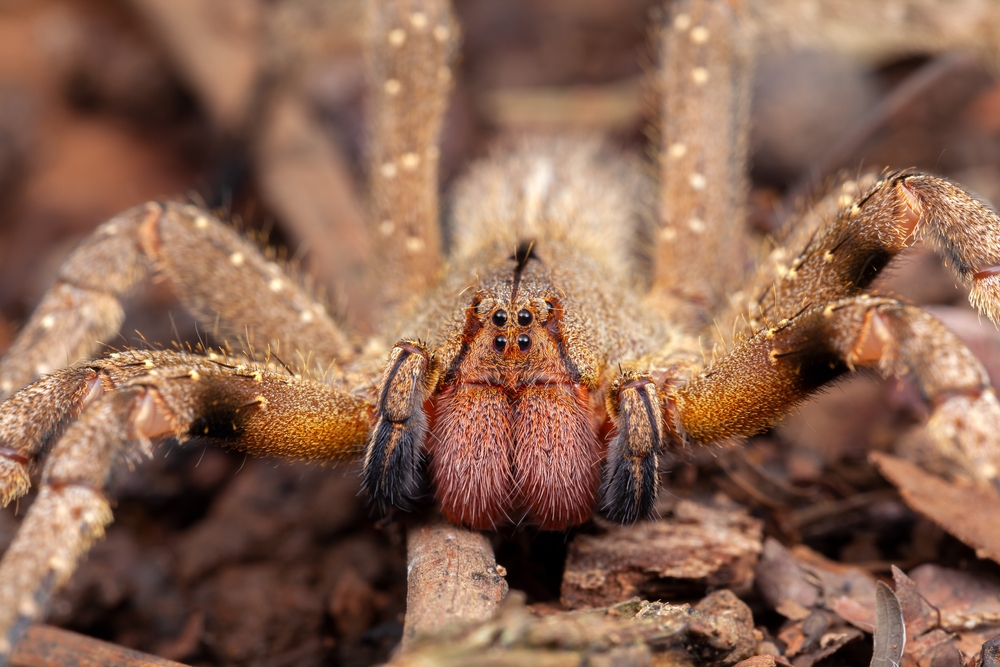
Roaming the rainforests of South America, the Brazilian wandering spider is one of the most venomous arachnids on the planet. Unlike web-dwelling spiders, these nocturnal creatures actively hunt for prey on the forest floor. Their bite is highly toxic and can cause intense pain, paralysis, and in some cases, death.
These spiders are known for their aggressive nature, often found hiding in banana plants or other vegetation. While bites are rare, they can occur if the spider feels threatened or trapped. Caution is key when exploring areas known to harbor these critters. Shake out your boots, check your gear, and remember that in the jungle, even the smallest creatures pack a powerful punch.
13. The Deadly Embrace Of The Reticulated Python
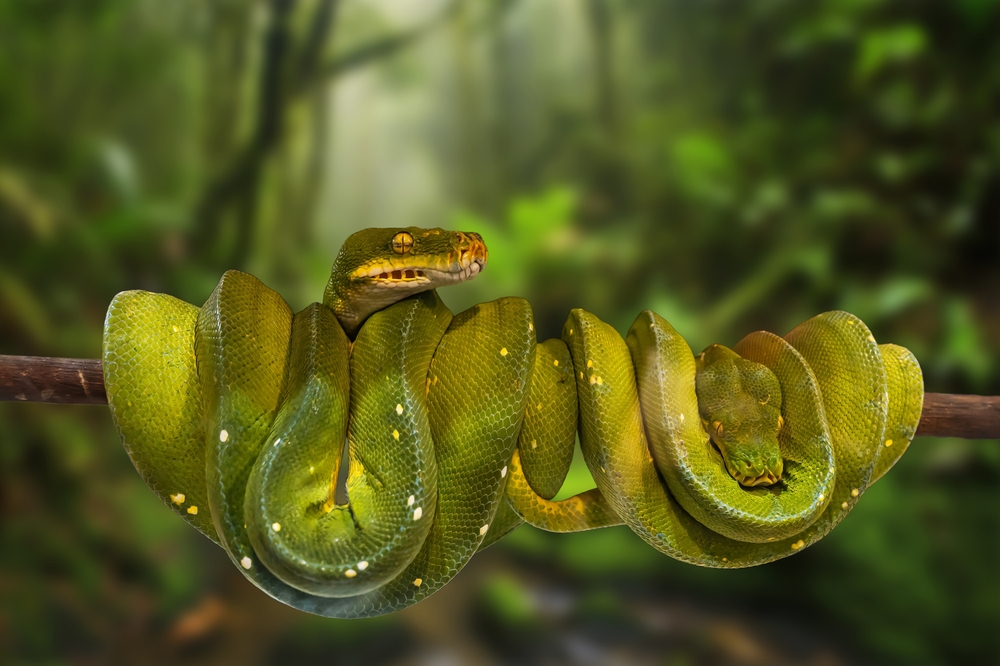
Slithering through the forests of Southeast Asia, the reticulated python is both beautiful and formidable. As the world’s longest snake, it can exceed lengths of 20 feet and has the strength to subdue large prey through constriction. While not venomous, its sheer size and power make it a dangerous adversary if encountered in the wild.
Reticulated pythons are excellent swimmers and climbers, often found near water sources or high up in trees. Their hunting strategy involves ambushing prey, coiling around it and squeezing with immense force. While attacks on humans are uncommon, they can happen, especially if the snake feels threatened or provoked. Respecting their habitat and maintaining a respectful distance can ensure a safe and awe-inspiring jungle experience.
